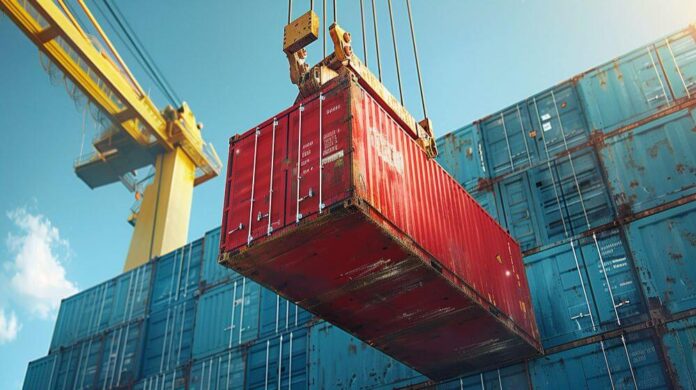If you tried moving cargo in 2025, you know the story: freight is there, demand is there, but containers are not available.
For non-vessel-operating common carriers (NVOCC), the immense container shortage is more than a hiccup on the road. It is changing how they price services and manage fleets. It also defines their role in the global supply chain.
Why are we still short of boxes?
You’d expect that after the COVID-era chaos, the world would have caught up. But containers continue to slip through the cracks.
- Conflicts keep disrupting trade lanes, leaving equipment stranded in the wrong places.
- Extreme weather events close ports and scatter containers where they’re least needed.
- Trade flows have shifted, so some regions sit on a surplus while others wait empty-handed.
The outcome is predictable: exporters scramble, importers fume, and NVOCCs are caught in the middle, trying to stretch limited resources across the growing demand.
Old models under stress
NVOCCs built their value on reliability — filling in the gaps when carriers had no space and giving shippers a flexible, affordable alternative. But in 2025, that playbook feels shaky.
- Equipment costs are surging. Leasing and repositioning a box now eats into margins, even before freight rates are added.
- Schedules are unreliable, with bookings frequently rolled over
- Trust is under pressure. Shippers want certainty, and NVOCCs can’t always deliver it.
What once felt like a stable business model now feels like a daily balancing act.
How NVOCCs are adapting
The shortage has forced the industry to get creative—and fast.
- Pooling and leasing: Many NVOCCs are building shared fleets or entering new leasing agreements, turning competitors into collaborators.
- Tech-driven visibility: Real-time tracking and predictive tools are helping operators see where containers are and plan smarter.
- Expanding services: From customs help to warehousing, NVOCCs are diversifying, so they’re seen as problem-solvers, not just slot-sellers.
- Hybrid transport: Some are shifting part of the load to rail or trucking, keeping cargo moving even when ocean capacity falters.
It’s survival through flexibility.
Winners, losers, and consolidation
Not every NVOCC is adapting equally. Larger players, with deep carrier relationships and cash reserves, are finding ways to stay ahead. Smaller operators often can’t secure containers quickly enough, putting their customer base at risk.
That imbalance is driving more talk of alliances, mergers, and buyouts. In a business where scale means stability, many independent operators may not survive without effective collaborations.
Shippers aren’t waiting around either.
Shippers have become more proactive, too. Many now spread their bookings across multiple providers, plan shipments months earlier, or adjust sourcing strategies to avoid bottlenecks.
That shift raises the bar for NVOCCs: it’s no longer enough to move cargo. Shippers want a partner who can anticipate problems and deliver options.
The bigger picture
Container shortages aren’t a short-term glitch. They’ve become part of the fabric of global trade.
For NVOCCs, the lesson is clear: resilience means moving beyond the old model.
- Technology can no longer be optional—it’s the backbone of smart planning
- Partnerships and alliances are the only way to stay competitive in the container race
- Value-added services will decide who grows and who fades
In other words, tomorrow’s NVOCC won’t just be a carrier without ships. It will be a strategist, a problem-solver, and in many cases, the difference between goods moving or sitting idle.
The container crunch of 2025 is a tough situation. But it’s also an opportunity. Those willing to adapt aren’t just surviving — they’re rewriting what it means to be an NVOCC in a world where even the smallest steel box can reshape the balance of global trade.
